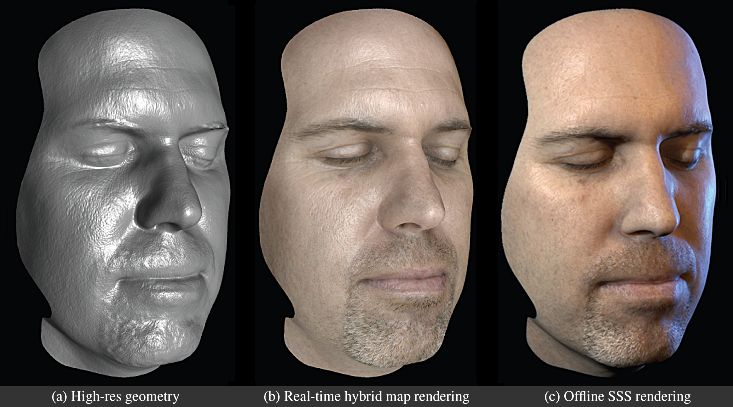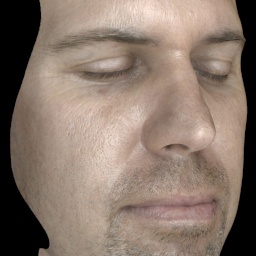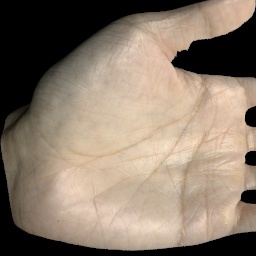We estimate surface normal maps of an object from either its diffuse or specular reflectance using four spherical gradient illumination patterns. In contrast to traditional photometric stereo, the spherical patterns allow normals to be estimated simultaneously from any number of viewpoints. We present two polarized lighting techniques that allow the diffuse and specular normal maps of an object to be measured independently. For scattering materials, we show that the specular normal maps yield the best record of detailed surface shape while the diffuse normals deviate from the true surface normal due to subsurface scattering, and that this effect is dependent on wavelength. We show several applications of this acquisition technique. First, we capture normal maps of a facial performance simultaneously from several viewing positions using time-multiplexed illumination. Second, we show that highresolution normal maps based on the specular component can be used with structured light 3D scanning to quickly acquire high-resolution facial surface geometry using off-the-shelf digital still cameras. Finally, we present a realtime shading model that uses independently estimated normal maps for the specular and diffuse color channels to reproduce some of the perceptually important effects of subsurface scattering.

(a) High-Res face geometry obtained by embossing a specular normal map
(estimated from polarized gradient illumination) onto a structured light 3D scan.
All information was acquired in 13 photographs from two digital still cameras.
(b) Real-time rendering of low-res face geometry with hybrid normal
mapping for diffuse and specular reflectance.
(c) Offline GI&SSS rendering using the high-resolution geometry and
recovered diffuse and specular intensity maps.

